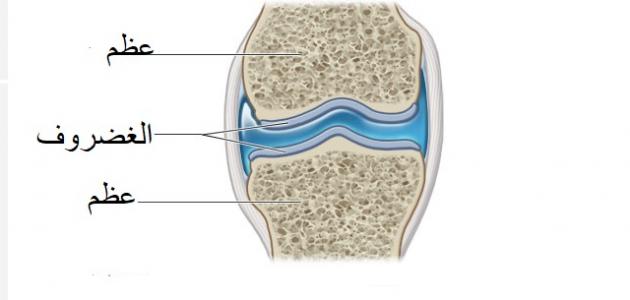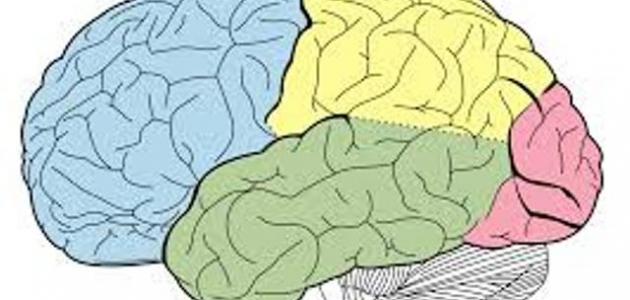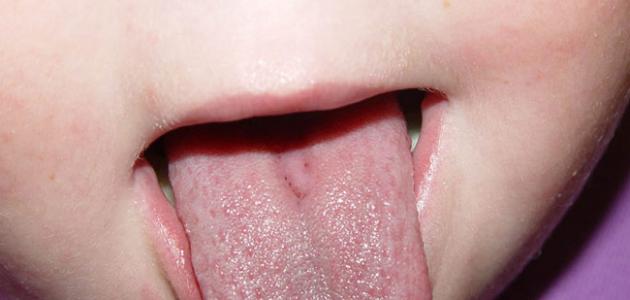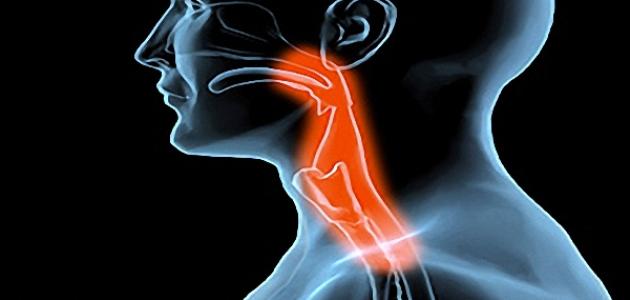Contents
Cartilage
Is cartilage One type of solid tissue, thick and slippery that covers the ends of bones in they coincide with other bone area detailed composition , a cushion of protection that lies between the bones to absorb the pressure that exposed joints during movement, as The cartilage consists of protein bundles called collagen that gives it the solid retinal structure, and this network is filled with substances that carry water inside, and it is similar to that of a sponge. As soon as the cartilage is subjected to a weight placed on it, the water is squeezed out and out of this network, and when the pressure is removed, the water returns to its place, in addition to the cartilage cells that work to produce large quantities of extracellular tissue that It consists of collagen, Proteoglycan, and elastic fibers. It is worth noting that cartilage does not contain blood vessels or nerves, [1] [2] and it may form some parts of the body such as elastic cartilage that forms the outer parts of The ear and larynx (larynx), [3] cartilage is a connective tissue, and despite its tough and flexible nature, it is easily vulnerable to damage. [4]
Cartilage functions in the body
Cartilage has several functions in the human body, including: [4]
- Reduce friction; It acts as a cushion between the joints to help support the body weight when doing activities such as running, bending and stretching.
- Connecting the bones together, such as the bones of the rib cage .
- The formation of some parts of the body, some of which are composed entirely of cartilage, such as the outer parts of the ear, and the end of long bones also represents cartilage in children , which later turn into bones.
Types of cartilage
There are three types of cartilage, which are: [4]
- Flexible cartilage: , and be the outer parts of the ear and some parts of the nose , which is softer and cartilage elasticity.
- Meniscus: , which is the most common type of cartilage hardness, and has a great ability to resist heavy weights, and that there is between the discs and spine, and between the bones of the hip and pelvis.
- Cartilage glass: , a soft cartilage, and a solid, flexible, and there is between the ribs, and around the airway , and between the joints such as meniscus .
Cartilage injury
Cartilage is not the other Kalone of tissue, it does not contain feeding blood as mentioned above, and because it does not contain blood vessels that are supplied cartilaginous cells with food through the food that spread in the connective tissue dense surrounding cartilage , which is called perichondrium , [ 2] For this reason also, the injured and damaged cartilage takes longer to recover compared to other tissues that are supplied with blood , and in fact all types of cartilage can be damaged and destroyed, for example, a slipped disk. In which the fibrocartilage damage occurs, while severe pressure on the ear can cause the elastic cartilage damage, and when the cartilage in the joint is damaged, it causes severe pain, and inflammationAnd a degree of disability, and this cartilage is called articular cartilage, and as the National Institutes of Health reported that a third of Americans over the age of 45 years suffer from knee pain. [4]
Symptoms of a meniscus injury
The meniscus injury is usually in the knee joint , but the articular cartilage of the elbow, wrist, ankle, shoulder, and hip joint can also be affected, and in severe cases, the cartilage may fracture, and then the joint stops working, and this leads to blood joint ; It is bleeding in the joint, where spots and traces of bruising appear in the affected area, and patients who suffer from damage to the meniscus show various symptoms, including the following: [4]
- Inflammation, as the affected area swells and becomes warmer than other parts of the body, and the patient feels that the area has become painful and inflamed.
- Stiffness.
- Limited mobility; As damage increases, the affected limb cannot be moved freely and easily.
Causes of meniscus injury
Among the reasons that can lead to a meniscus injury include: [4]
- Direct injury: If the joint is subjected to direct pressure as a result of a fall or exposure to a specific accident, this causes cartilage damage, and athletes, especially those who practice sports whose players are subjected to high pressure on the joints, are more likely to injure the articular cartilage, such as football and sports . , Wrestling.
- Consumption and damage naturally: The joint that is subjected to pressure for a long time can be damaged, as people who suffer from obesity suffer from damage and damage to the knee for more than twenty years compared to other people of normal weight, simply because the body is under a high degree of pressure The physical, and this may lead to suffering from inflammation and shattering of the cartilage, in addition to losing it completely, and this is known as osteoarthritis.
- Lack of movement: the joints need to move regularly to remain healthy and healthy, so long periods of inactivity and activity increase the risk of cartilage damage.
Diagnosis of meniscus injury
Determining the difference between cartilage damage, joint sprain , and ligament damage is not an easy matter, because the symptoms of these injuries are similar, but there are tests that make this work easier. After performing a physical examination of the injured, the doctor may perform the following diagnostic tests: [4]
- MRI: and Acronym MRI; As this device uses the magnetic field and radio waves to make detailed pictures of the body, and despite the benefit of using this test, it cannot determine the problem of cartilage damage in all cases.
- Arthroscopy: It is a device in the form of a tube, which is inserted into the joint for the purpose of examination and correction, and in this process we can determine the extent of cartilage damage.
References
- ↑ Healthwise Staff (22-5-2015), "Cartilage" , www.webmd.com , Retrieved 6-3-2018. Edited.
- ^ A b Sally 's Robertson (20-7-2017), "What ' Is CARTILAGE?" , Www.news-medical.net The , Retrieved 7-3-2018. Edited.
- ↑ "Medical Definition of Cartilage" , www.medicinenet.com , 13-5-2016, Retrieved 6-3-2018. Edited.
- ^ A b t w c h x Christian Nordqvist (15-12-2017), "What ' You Need To Know About Cartilage Damage" , www.medicalnewstoday.com The , Retrieved 6-3-2018. Edited.
















